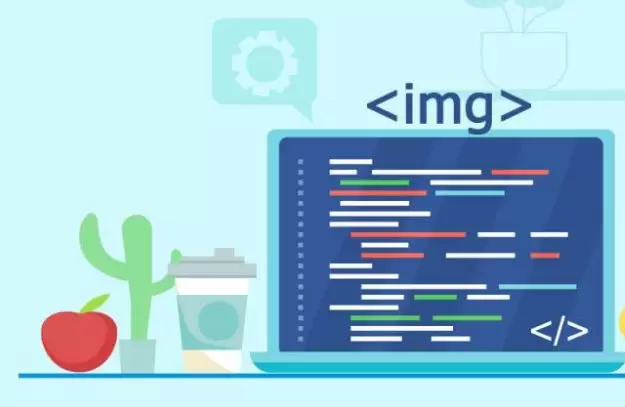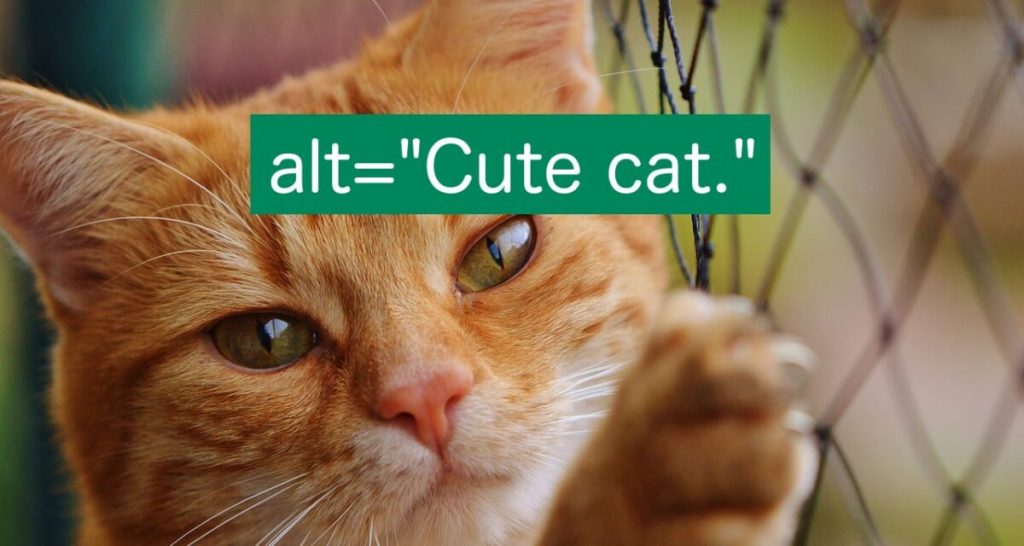
The Best alt text optimization best practices
It is shocking to learn that 55% of e-commerce websites fail to meet basic accessibility requirements for images that are used for information. Take a moment to think about that figure. More than half of business-to-consumer websites (B2C) inadvertently make it more difficult for customers to use the sites for what they were designed to do – buy the goods and services they want.
Are all users of your site able to access it?
Are there any steps you can take if you answered, ‘I’m not sure’ or ‘I won’t do it,’ to improve accessibility?
Alt-text optimization may be your answer to your accessibility woes.
Read on if you’d like to increase your firm’s search engine indexability while also making sure all of the content on your site is accessible for the greatest number of people.
Keep reading if increasing your company’s indexability across search engines appeals to you while also ensuring that as many people as possible can take in your site’s content. about it. Ok, we’ll give you a hint – it has to do with your website’s search engine optimization (SEO.)
Alternate text is what?
Alternate text is called Alt-text. Often mistakenly referred to as ‘alt attributes’ or ‘alt descriptions,’ alt-text is an invisible description that sits behind images on your website. You can use it as an image caption in HTML code.
What does alt text look like?
Alt text appears as follows in your site’s code:
<img alt=”text alternative”>

The alt-text of your images does not affect how your site displays them. In the alt-text format, an image’s content is shown as text, and this is the only function that Alt-text has.
The importance of alt text
Screen readers and other essential software can use alt text to describe images to your website visitors while ensuring your website is crawled quickly by search engines. This results in better ranking for your website in Google.
Alt text is therefore a crucial component of accessibility and user experience (UX), which, if implemented correctly, will benefit search engine optimization and indexability of your website.
Accessibilities
Having images that have optimized alt-text behind them on your website makes it possible for screen readers to read them aloud. Screen reading software or devices contextualize and understand an image in relation to the rest of the page.
To ensure that their website is accessible to everyone, including those who are blind or otherwise unable to read the captions on images, companies should optimize the alt-text of images they use on their websites.
A good user experience
Some images on your website do not need alt text, which may surprise you.
If you have button graphics or page dividers, you do not need alt-text. In addition, you can ignore the alt-text field if you already describe an image in the text.
Alt-text is only useful for decorative purposes and does not provide any additional informative value, so you should skip it if it provides no additional insight and only serves to enhance the user experience of your site.
Search engine optimization and alt text
You can improve your website’s usability and accessibility through good alt-text, as well as rank higher in Google Images. At the same time, it’s also very helpful for search engine optimization (SEO,) which you should check out if you’re relatively new to SEO.

Relevance to Topic
Each web page is crawled by Google so it can understand what each page is about and index it properly.
As an example, consider a website dedicated to animal conservation. Whenever Google senses hummingbirds, finches, and bluejays on a page, it knows it’s about birds.
Google cannot understand some images, which are related to images because the context is sometimes hidden in them.
The best practices for optimizing alternative text
We can help you with the text for the alt-text on your website if you are inspired to improve your website’s alt-text, but don’t know how to begin. Using our top seven tips, you’ll be able to write alt-text that will boost your SEO while improving the accessibility and user-friendliness of your website.
1. Be specific and concise
Whenever possible, create an alt-text with the fewest words possible.
What impact does the color of the object have on the image? In terms of clothing color, does it matter?
This information will be judged by you as the content author based on whether it adds or subtracts from your message.
Your alt-text should generally be no more than 125 characters. For complex graphs, charts, or infographics, an alt-text must be provided that conveys the essential information.
2. Be sure to punctuate correctly
If you include commas, semicolons, and full stops in your text, screen readers will have an easier time understanding your text.
- Make sure each image serves a purpose
There is a good reason for every image on your website.
When crafting the perfect alt-text, consider the following questions:
- What was the purpose of including this image?
- What message is it conveying or supporting by being included on our website?
- Could the alt-text description add any additional information or significance?
4. Remove copyright information or sources
An alt-text does not have to include the author’s name or the source of the data in the image. Mark this information separately as “source info.”
Copyright information is also necessary in this case. It offers little value to your website visitor in terms of accurately describing the content of your image since it is a waste of precious characters. Separate copyright information from source data.
5. Do not use alt-text for images that are purely decorative
Images on websites serve a variety of purposes such as breaking up long text, enhancing the content’s feel, or simply reflecting your brand.
The mood, feel, and aesthetic of an online page do not generally matter to people who use screen readers. Also, decorative images should not be more important than key content accessibility.
Our recommendation is to use an empty or null alt-value if your company’s website image is decorative.
In a null alt text, you place no space between the words and you surround each word with quotation marks.
6. Identify gaps in your alt-text by testing your website
Use the Web Accessibility Evaluation Tool to ensure that all images on your website have alt-text. Their chrome extension makes it easy to identify whether your images lack alt-text and can help you make improvements swiftly. You may also download it and start using it right away for free.
The importance of alt text for images
It’s a myth that alt-text has no effect on search engine optimization; alt-text affects the accessibility of your website. There are eleven more SEO myths you need to avoid if you want your business to grow.
You can also generate impressive results by improving your users’ experience on your website. Recently, we enhanced UX and performed a SEO site audit for a tech and wellness startup and increased its backlink activity by 3500%.




